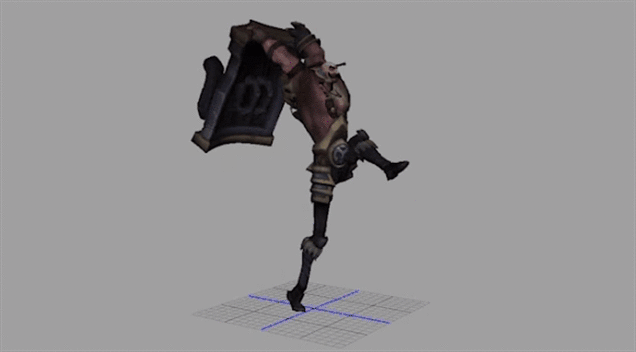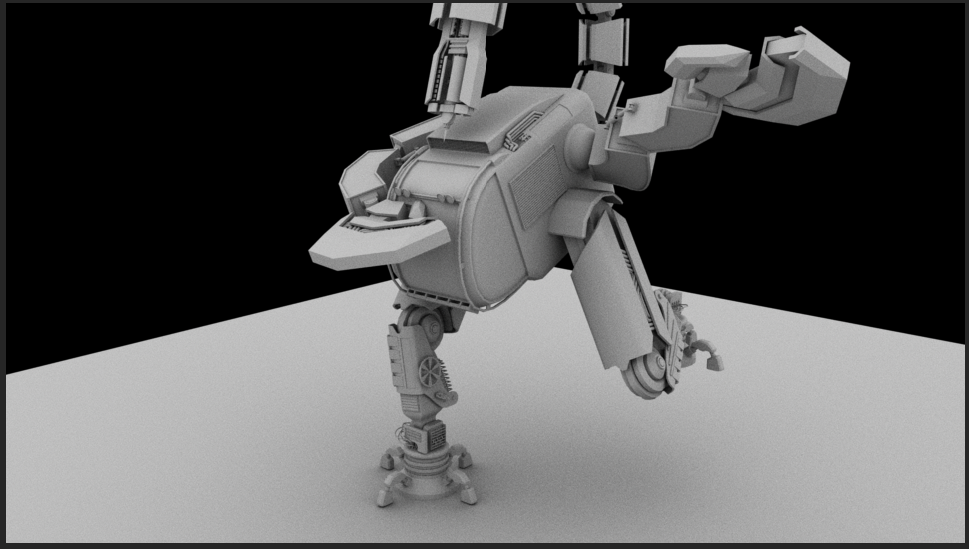
Unit 10
Rigging for animation
Parent-child objects
Parenting is the process of creating a relationship between two objects of when the parent moves, so does the child in the same manner. The child object can move without effecting the parent. this is ideal for creating movements such as arms in characters. When parenting, Maya doesn't accept the resize tool as it directly influences the shape, and will break the way the relationship works by the scaled shape not blending properly and changing shape instead of just rotating. This is the simplest form of rigging, works but tedious and in some cases like legs it's extremely hard.
IK Chains
Ik chains is the most commonly used way of rigging. It's most effective in a areas such as arms and legs. IK chains make the foot/hand the parent instead of the main body, this allows the user to directly move the foot and then the whole leg responding to match the position of the foot. In the case of a leg you need two keychains; one for the foot and one from toe to the top pivot, this means that in order to control two chains at once you need to make a controller then grouping the chains to it. Now when you move the controller the chains and the rig will follow appropriately.
Locators and Key drives
Locators are a useful tool when rigging used for things like "aim", this makes the shape always face the locator. Its most commonly used as eyes and other focus points, but in my case I'm also going to be using them to create pistons by having two locators with their appropriate polygons facing opposite directions. Both locators will be parented to the bones of arms/legs so that they will be able to move with the rig. Key drives are animations rigged on to objects so that the animator doesn't have to move the objects all the time. It's especially useful when dealing with complicated movements that are used many times for example transformations.
Stretch and squash
This is a technique in where you stretch and squash the character to abnormal proportions to create a more fluid motion. This is especially useful for emphasizing certain aspects to make the whole animation more eye-catching and easier to follow. The example here is an emphasize the character's animation to make it easier for everyone in the game to know that this character used this ability. The technique is hard to pull off well and can't be used for extended periods of time as we would get confused by their jelly-like movements. If the stretch and squash technique is unavailable then animators have to rely on using motion blur to convey their animation.

Braum's animation by Riot Games from League of Legends
Modelling for animation
When making the mech it was important that I had very clear pivot points and that when the meh moves the number of intersections should be minimal while allowing me to use different types of rigging. This lead me to a mech that has a human anatomy except without a head and an added scorpion tail. I started off with the legs as they would be a good indication of the style I'm going for and I can easily create clear pivots as a start to my mech. The main body of the mech was at first a lot more square than the final version as the heavy polygons didn't fit very well with the futuristic theme. At that point I was stuck on what do model next so I looked at some other mechs such as from avatar and hawken and they all had humanoid hands, but I wanted to morph my mech with an animal so I changed the hands to pincers and added a scorpion tail. The tail allowed me to use forward key controllers in the rig showing that I can use a variety of techniques. The next stage of rigging is mesh morphing and key set animations. Mesh morphing is mostly used in soft surfaces so I couldn't find a way to include it in my mech but instead I managed to include set key animations by making hidable guns.
 |  |  |
|---|---|---|
 |  |  |
 |

Conclusion and thoughts
The rig turned out really well, I explored and used different types of rigging techniques such as IK, FK, and key drives together to create a rig suitable for animation. The model was made to prevent as much clipping as possible in which is succeeded, the only clipping that can occur will be extreme movements that most of the time won't be used. I have included some quality of life adjustments to the rig so that workflow is improved. I did this by restricting movements of certain controllers to particular axes and restricted rotation so that the controllers can only be moved in a way that no unnecessary movements or transformations can be made which could harm the rig, for example the tail controller cannot be tiled in any direction, can only move on the x axis, and is locked between two points for ease of access and to prevent extreme adjustments to the rig.This was the first time I rigged and because of practice on simple square models I knew what kind of model I needed to make to allow tor an easier rigging process.
The model itself is alright, and I could have made it way better but the task was to focus on the rigging and not modeling; I can still model it later in my own time and create some animation.